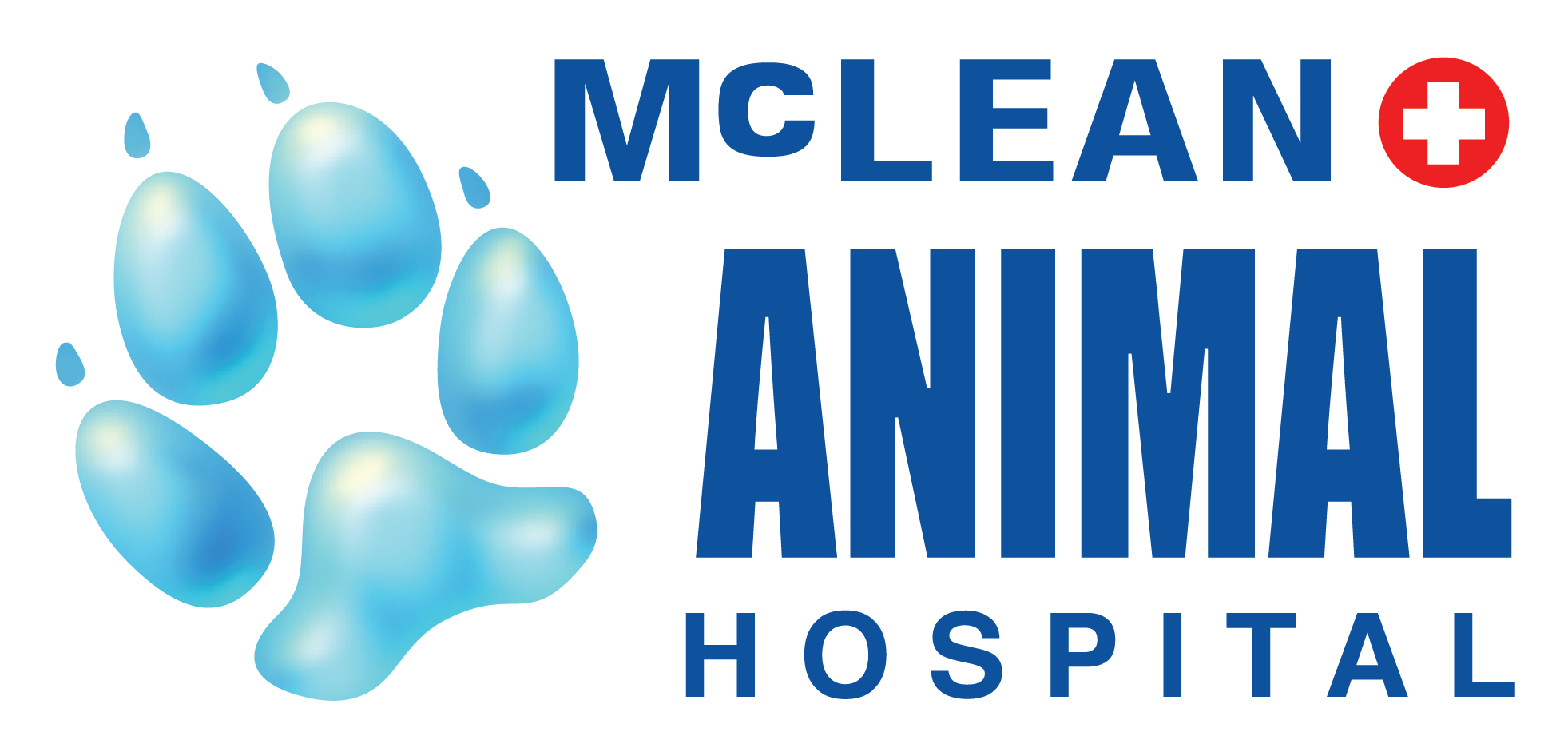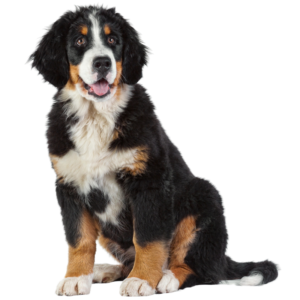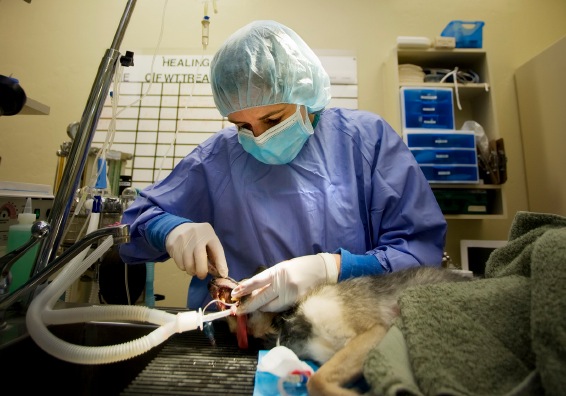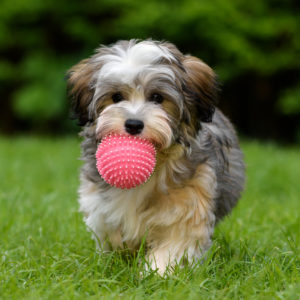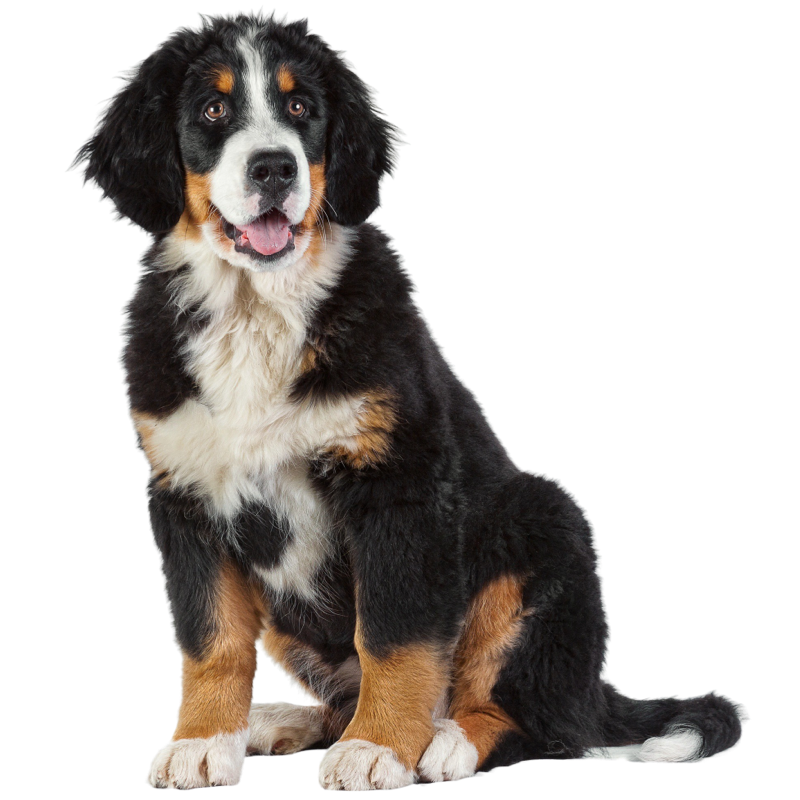Written by Dr. Merryn McIninch
Veterinary dentistry is a medical procedure which cannot be done properly or safely without general anesthesia. To understand why, start by thinking about your own oral care routine. Most people brush and floss their teeth daily, yet still go to their dentist regularly to have tartar removed by a specially-trained dental hygienist, radiographs to assess the health of tooth roots and tissues above the gum line, and maybe even to have surgical procedures such as extractions and root canals. Human dentistry can be uncomfortable or even painful, which is why many people have such a fear of going to the dentist. Now imagine that your routine cleaning is two or three times longer than usual because you haven’t brushed or flossed for years, and you’re forced to stay still for these dental procedures without understanding what is being done to you or why. Can you imagine the stress and pain such procedures might cause?
As well as lacking daily home care most pets don’t see a dentist regularly the way people do, so by the time dentistry is done there’s a significant amount of tartar to be removed. Removal of severe tartar accumulation requires not only sharp hand instruments but also ultrasonic power scalers – the slightest head movement while these instruments are being used could result in serious injury to the mouth. Anesthesia allows for dental radiographs and proper cleaning to be done painlessly and thoroughly without the pet struggling against restraint and possibly causing injury. In addition, placing a breathing tube for anesthesia protects the patient’s airway from fluids, particles and bacteria which are dislodged during cleaning and which might otherwise be aspirated into the lungs. Although any general anesthesia carries some degree of risk, a thorough pre-anesthetic exam with blood work and the use of modern drugs and monitoring techniques minimizes this risk and allows even geriatric patients and those with chronic illnesses to undergo anesthesia safely.
What about other pet care providers who offer “dental cleanings” without anesthesia? There are a few things the pet owner should be aware of before agreeing to this procedure. What happens during these cleanings is that tartar is hand-scraped or chipped off the visible surface of the teeth, but nothing is done about the much more important plaque and tartar build-up underneath the gingival tissue where you can’t see it. In an awake pet it’s impossible to probe and clean the teeth underneath the gum line. Removal of only the visible tartar is a cosmetic procedure which might make the teeth look better but has no impact whatsoever on the comfort or long-term health of your pet. In addition, hand scraping the tartar from the tooth surface can actually speed up the progression of dental disease, as it leaves microscopic ridges and rough surfaces which give bacteria a perfect place to stick and actually increases the rate at which plaque will build-up on the teeth. In a professional dentistry after cleaning a polishing tip attached to a high speed drill is used to smooth away these ridges, but this type of polishing is another important technique which can’t be done without anesthesia.
Dental health is a significant factor in determining both the length and the quality of your pet’s life. Your veterinarian will be more than happy to discuss any questions and concerns you have regarding the best possible dental care including, if needed, a professional dentistry done under general anesthetic.
